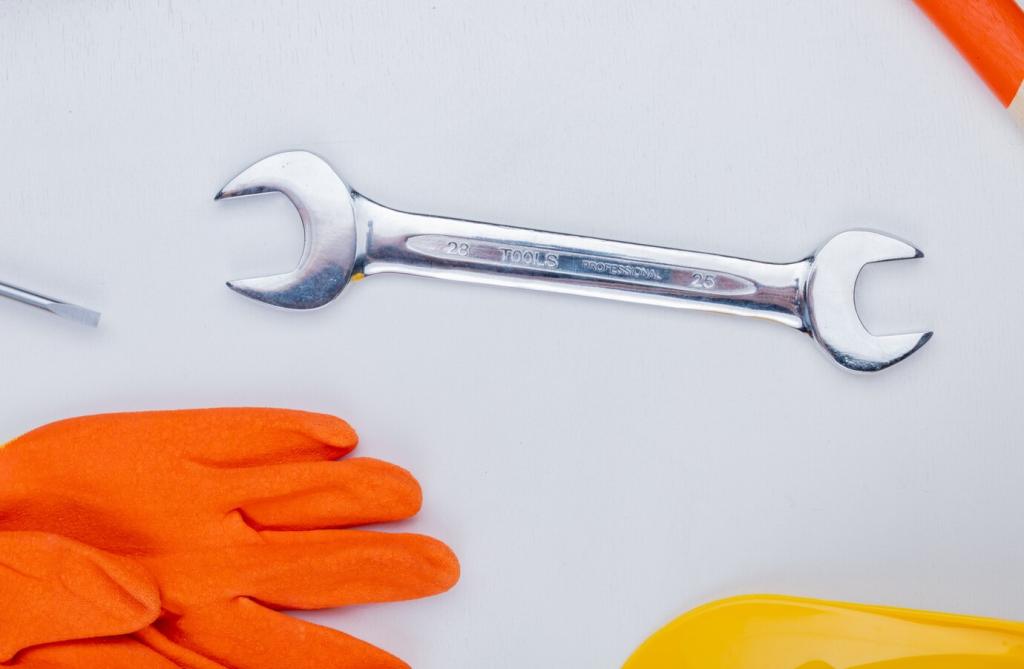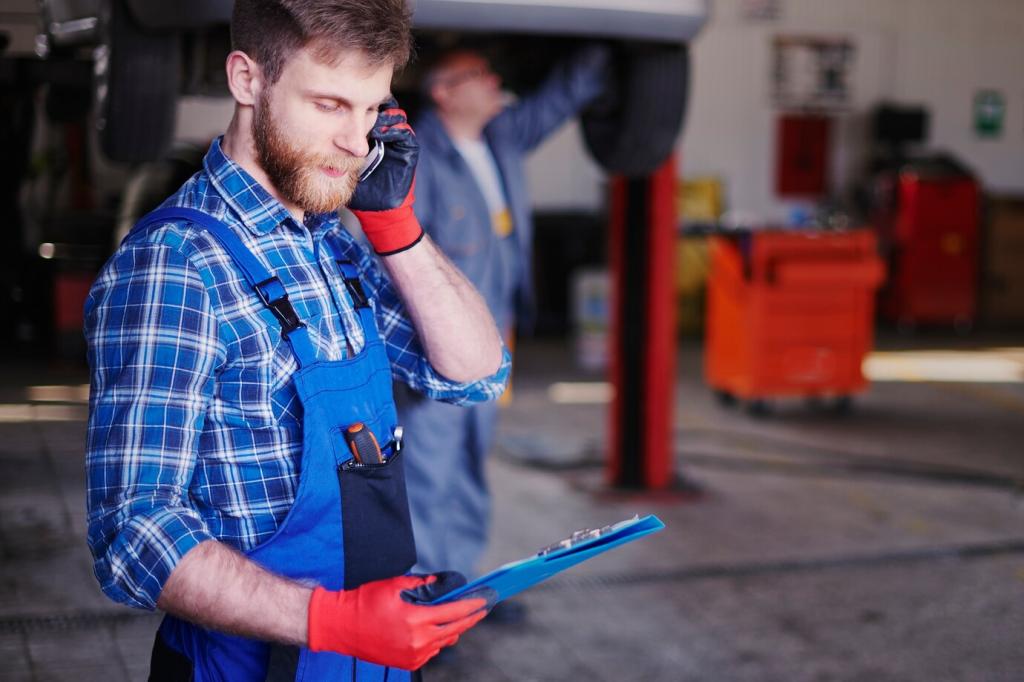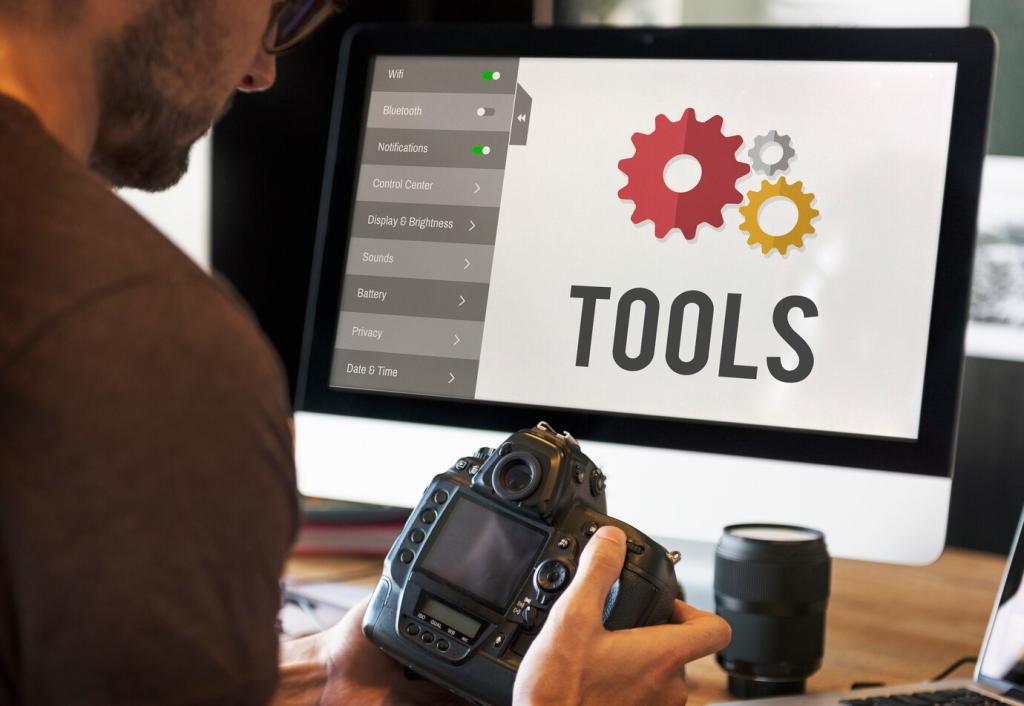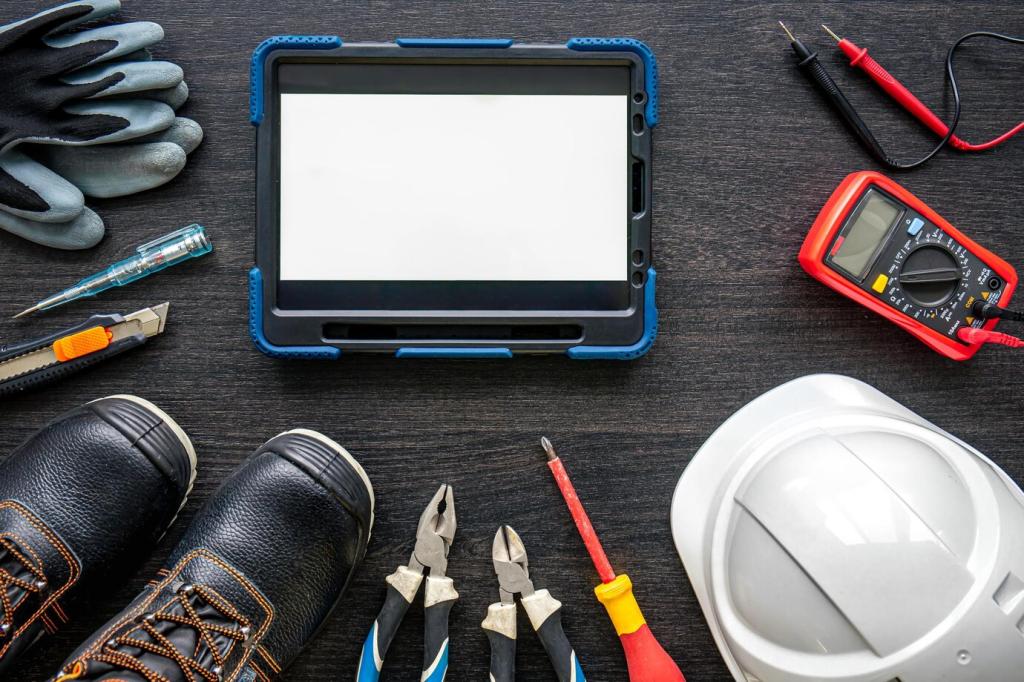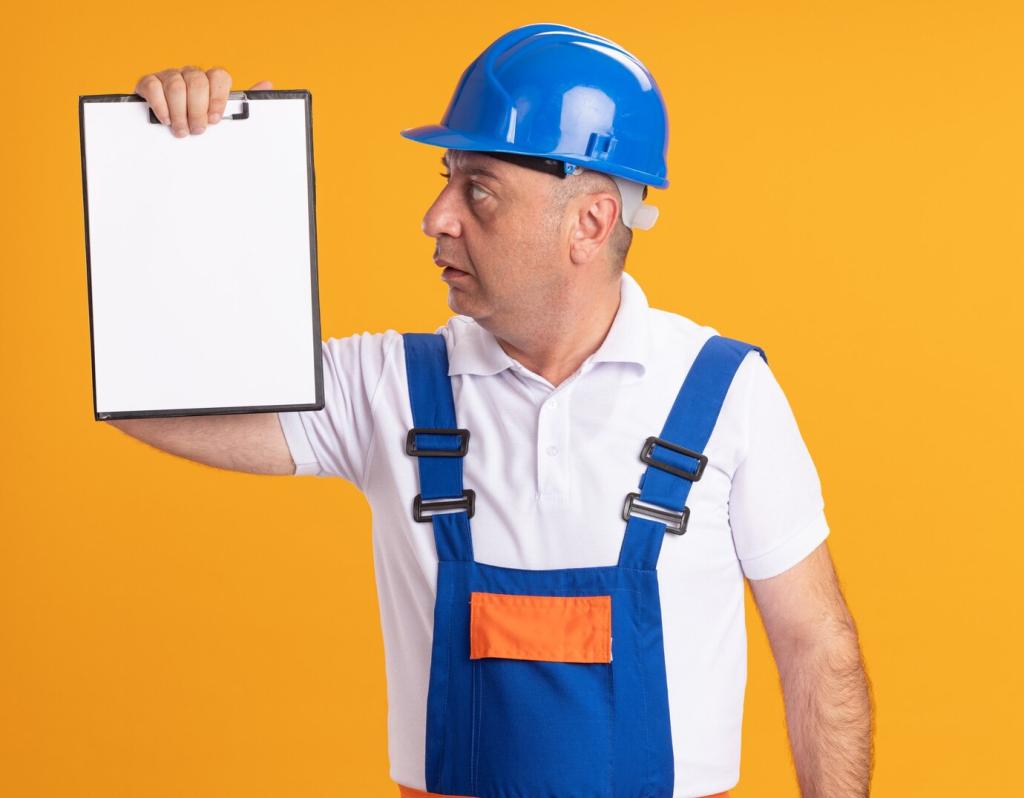How Your Braking System Really Works
Press the pedal, and a booster multiplies your effort while the master cylinder sends brake fluid through lines to calipers or wheel cylinders. Pistons press pads into rotors or shoes into drums, converting motion into safe, reliable stopping power.
How Your Braking System Really Works
Braking is controlled heat creation. Pads and rotors trade kinetic energy for warmth, which dissipates through metal and airflow. Excessive heat causes fade, so materials, venting, and driving style matter. Share your mountain-descent stories and what you learned about cooling.

